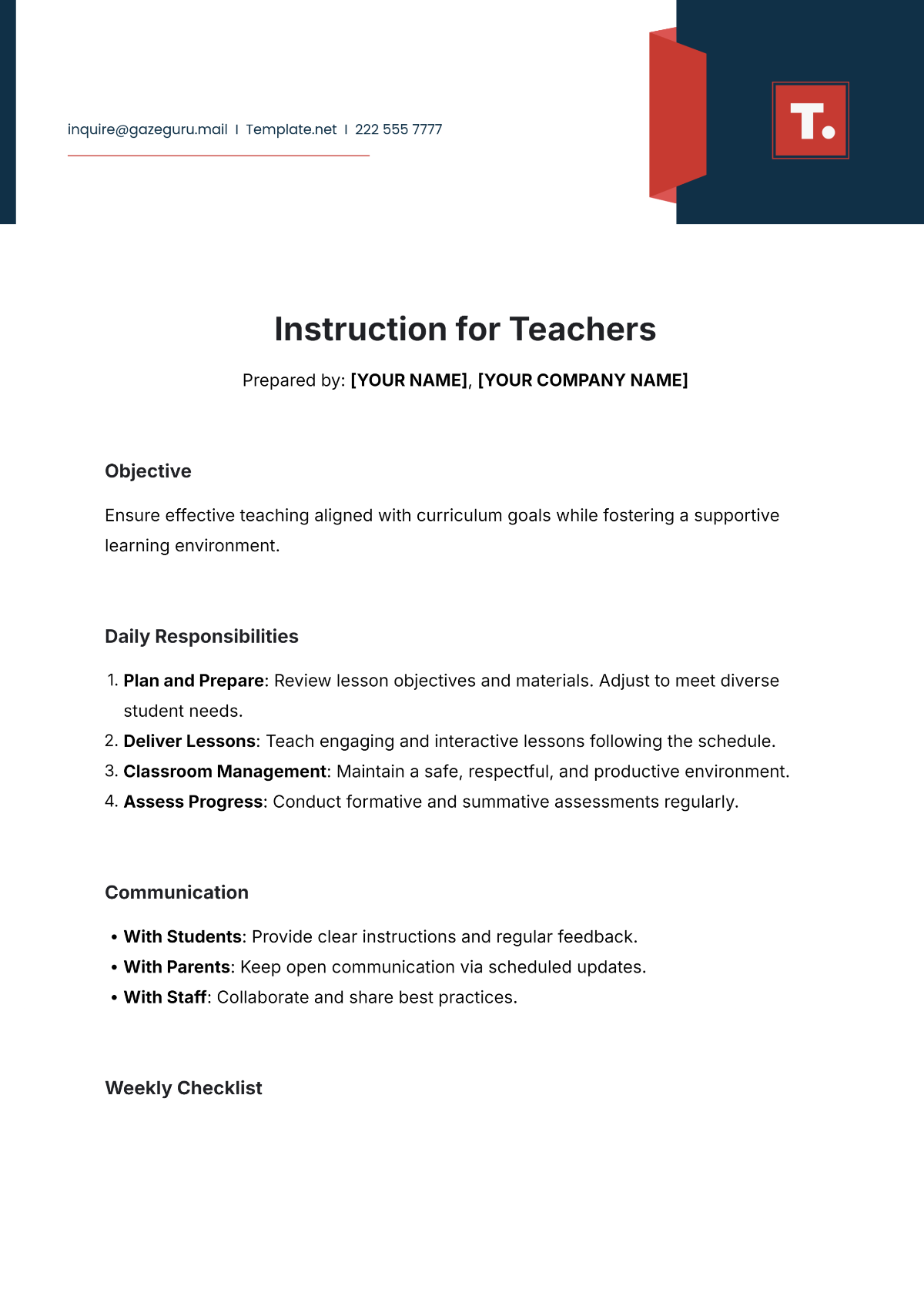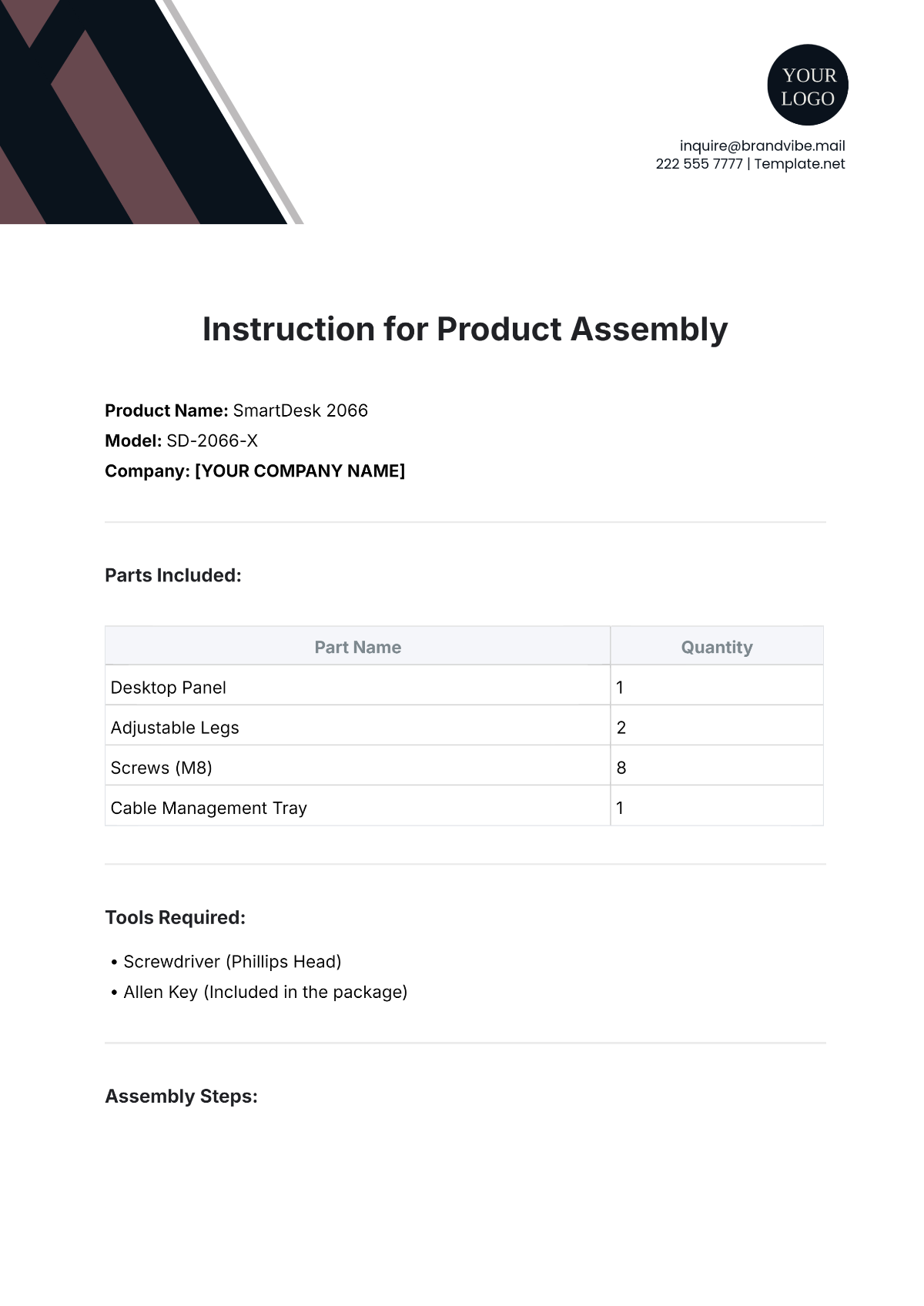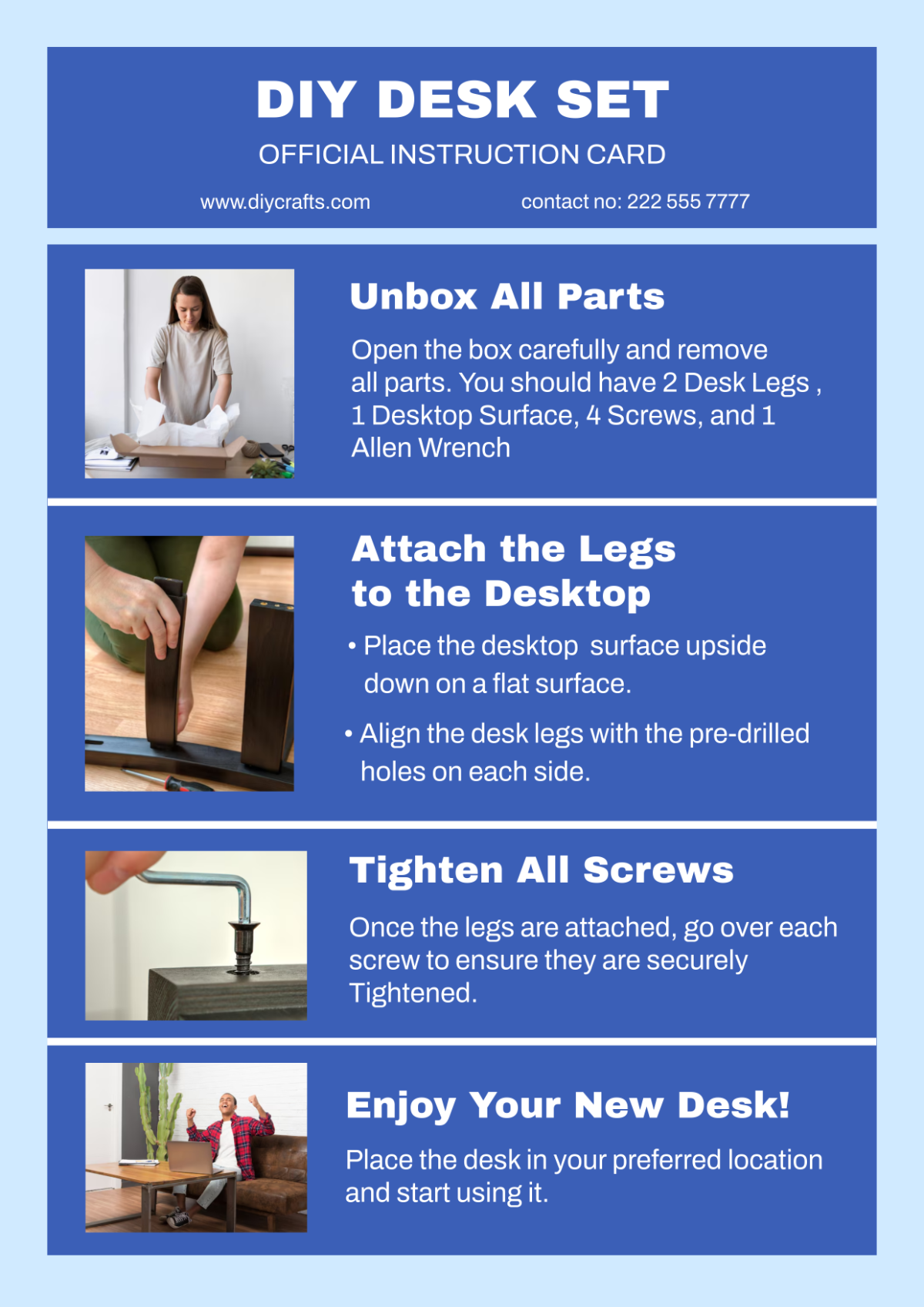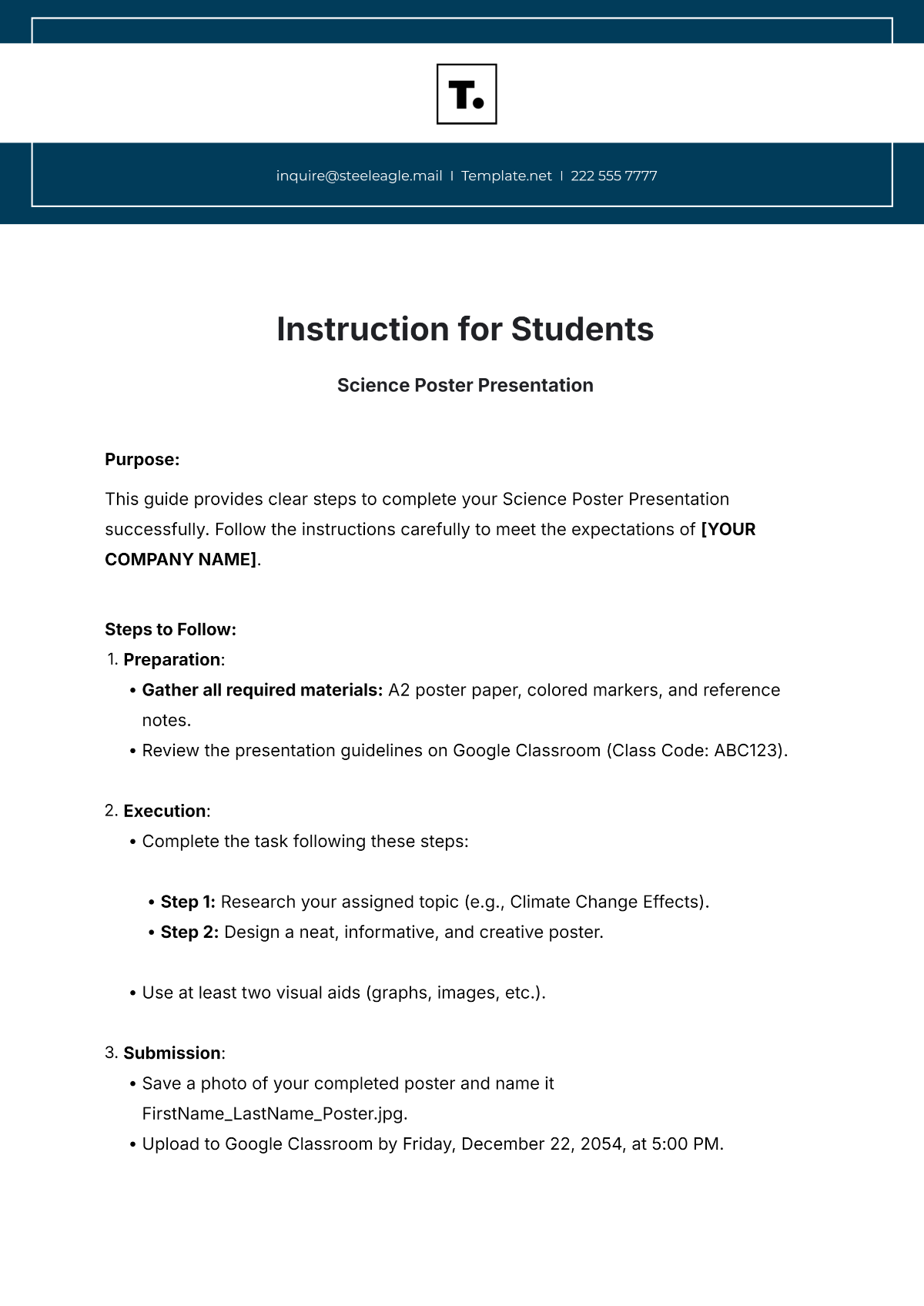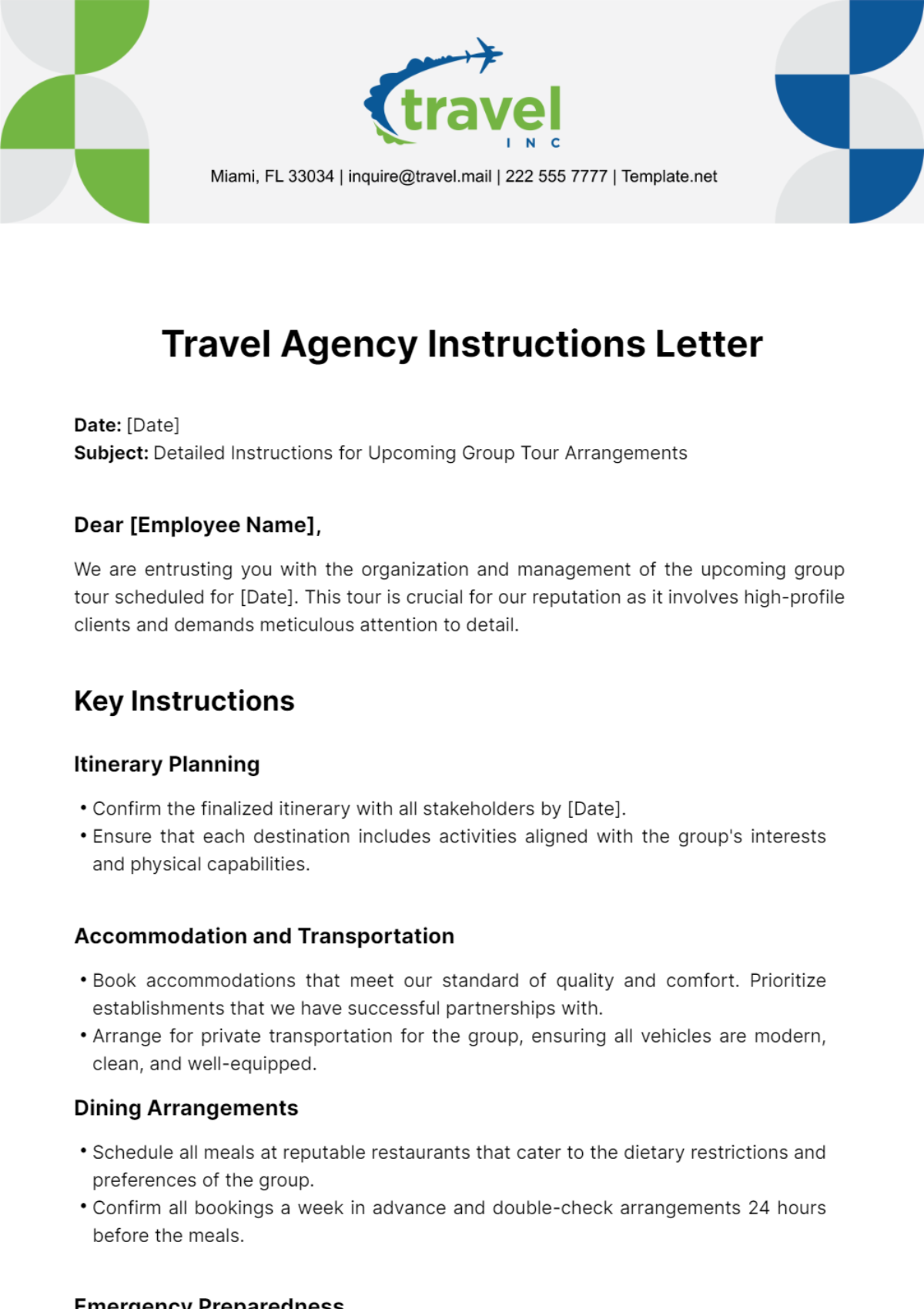Simple Instruction
Activity Title: Conducting a Fire Drill
Company Name: [Your Company Name]
Prepared by: [Your Name]
Date: [Current Date]
Version: [Current Version]
I. Purpose of the Fire Drill
Ensure all personnel are familiar with evacuation procedures:
Clearly communicate the importance of knowing evacuation routes and procedures to all employees.
Emphasize the need for swift and orderly evacuation in case of a real emergency.
Test the effectiveness of emergency response protocols:
Evaluate the efficiency of communication systems, such as fire alarms and intercoms.
Assess the coordination between fire wardens and employees during evacuation.
II. Preparation
Notification:
Send out a detailed announcement about the fire drill, including date, time, and purpose.
Provide reminders leading up to the drill to ensure all employees are aware and prepared.
Assignment of Roles:
Designate specific individuals as fire wardens for each floor or area of the building.
Clearly outline the responsibilities of fire wardens, including assisting with evacuation and accounting for personnel.
Review Evacuation Plan:
Conduct a thorough review of the evacuation plan with all employees.
Clarify the location of emergency exits, assembly points, and any designated safe areas.
III. Execution
Initiation:
Activate the fire alarm system to simulate a real emergency scenario.
Ensure that the alarm is audible throughout the entire building.
Evacuation:
Instruct employees to evacuate the building calmly and quickly, using the nearest safe exit.
Encourage employees to assist each other, especially those with mobility impairments or special needs.
Assembly:
Direct personnel to gather at the designated assembly point outside the building.
Assign fire wardens to take attendance and report any missing individuals to the designated safety officer.
IV. Evaluation
Observation:
Observe the evacuation process from different vantage points to assess overall effectiveness.
Note any areas where congestion or confusion occurs and identify potential improvements.
Debriefing:
Conduct a debriefing session with fire wardens and employees immediately after the drill.
Encourage participants to provide feedback on what went well and areas for improvement.
Documentation:
Document the results of the drill, including attendance records and observations.
Use this information to update the evacuation plan and address any deficiencies.
V. Follow-Up Actions
Training:
Provide additional training or refresher courses for employees who may require it.
Review any specific issues or challenges identified during the drill.
Maintenance:
Schedule regular maintenance checks for fire safety equipment, such as fire extinguishers and alarms.
Ensure that all emergency exits are clear of obstructions and functioning properly.
Schedule Regular Drills:
Plan future fire drills at regular intervals, considering different scenarios and variables.
Use feedback from previous drills to improve preparedness and response capabilities.





